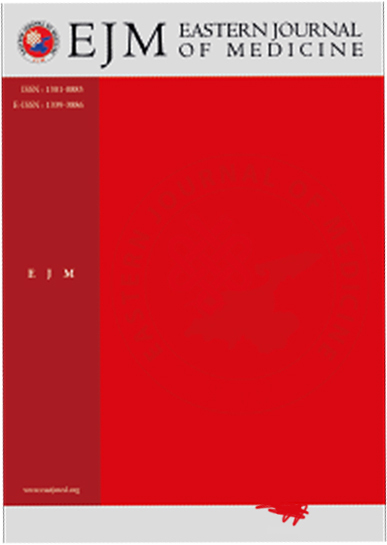Punicalagin isolated from Punica granatum husk can decrease the inflammatory response in RAW 264.7 macrophages
Mehmet Berköz1, Oruc Allahverdiyev21Department of Pharmaceutical Biotechnology, Faculty of Pharmacy, Yuzuncu Yıl University, Van, Turkey2Department of Pharmacology, Faculty of Pharmacy, Yuzuncu Yıl University, Van, Turkey
INTRODUCTION: Punicalagin, a natural occuring phytochemical extracted from pomegranate (Punica granatum) husk and it shows antioxidant and anti-tumoral activities. Previous studies have shown that Punica granatum can scavenge reactive oxygen intermediates (ROIs) and suppress the biosynthesis of prostaglandins (PGs). However, the anti-inflammatory property of punicalagin has not yet been elucidated. For this aim, we purposed to display the anti-inflammatory effects of punicalagin via measuring prostaglandin E2 (PGE2) and nitric oxide (NO) production and cyclooxygenase-2 (COX-2) and inducible nitric oxide synthase (iNOS) gene expression in LPS induced RAW 264.7 macrophages.
METHODS: LPS-stimulated RAW 264.7 macrophages were treated with punicalagin at concentrations of 0-10 µM. NO levels in all groups were measured by the Griess method and PGE2 levels by ELISA kit. COX-2 and iNOS gene expression levels were measured using Real Time PCR.
RESULTS: According to our experiments, punicalagin decreased the production of PGE2 and NO by RAW 264.7 macrophages in a dose-dependent manner without affecting the viability of cells. Punicalagin attenuated the mRNA expression of iNOS and COX-2 of murine macrophages in a concentration dependent manner. Thus, the inhibition of NO and PGE2 production is at least partly because of the suppression of the transcription of the iNOS and COX-2 gene, respectively.
DISCUSSION AND CONCLUSION: In conclusion, punicalagin is a potent natural compound in inhibiting the inflammatory mediators. Its action can be delivered in vivo through an appropriate feeding scheme. Because the lower toxicity of punicalagin, it might be a suitable compound that can be used for clinical applications.
Manuscript Language: English














